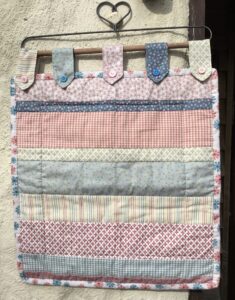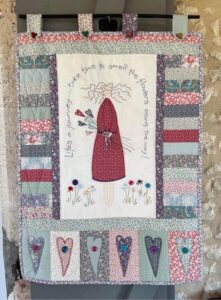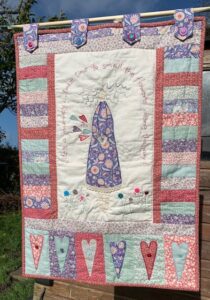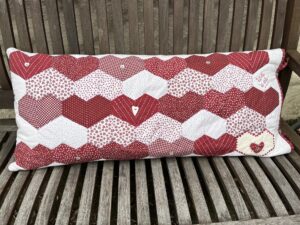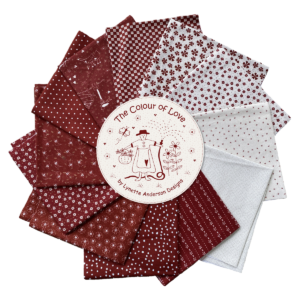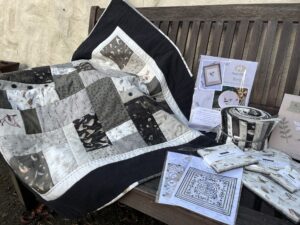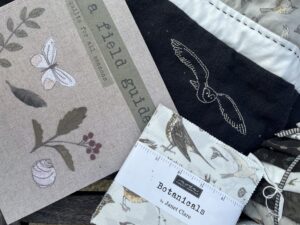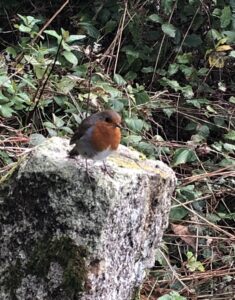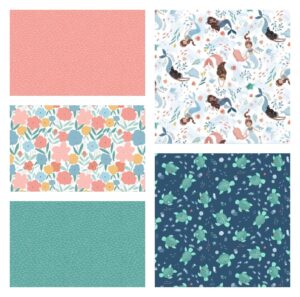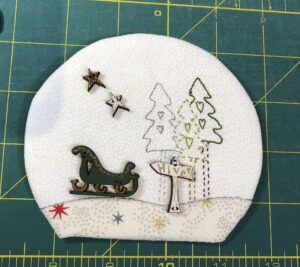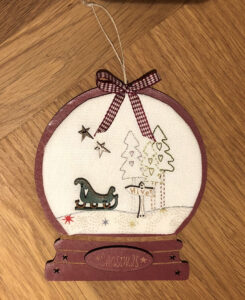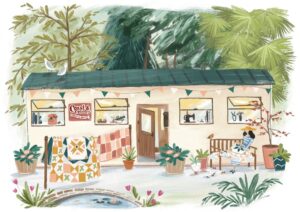Hobbs have been making waddings/battings since1978. Here’s what they recommend on using their waddings:
How should I wash and dry my quilts?
All quilts, old or new, should be washed with care. It is recommended to wash by hand or in a washer on the gentle cycle using cool water. Be especially cautious with front-loading washers as the intense spin cycle on these machines can be very hard on quilts, and avoid agitating your quilts to keep them in tip-top shape.
Drying should be done on the very lowest heat or air-dry setting. If no shrinkage is desired, laying the quilt out to air dry is recommended. Over-drying is detrimental to the long-term strength and colourfastness of any quilt and should also be avoided. Extreme heat and agitation should be avoided for all quilts, but particularly for quilts with cotton/wool, wool and silk battings (quilts made with these battings should be air-dried).
Vintage quilts require a more delicate process of gently soaking in a bathtub of cool water on top of a large sheet. Fill the tub, soak the quilt and drain the water. Repeat until the water runs clear. Do not lift the quilt during this soaking and rinsing process. Allow the final rinse water to drain away and use the sheet to carry the wet quilt to a flat surface appropriate for air-drying your quilt – the sheet helps to safeguard the quilt during transport, and without it, the weight of the wet quilt can cause thread breakage or tearing of fragile fabrics and batting.
Should I prewash my batting?
The short answer is NO! Hobbs Bonded Fibers does not recommend pre-washing our battings. The battings are designed to be used directly from the package and pre-washing, especially in a washing machine, is
likely to ruin them.
How do I remove creases or wrinkles caused by packaging?
You can lightly spritz your Heirloom® battings with a little bit of water and toss them into a cool, no-heat dryer for a few minutes to release stubborn wrinkles.
The one exception to this is our Heirloom Fusible 80/20. Because this batting has a water-soluble fusing medium sprayed on both sides of the batting, and it won’t fuse if it gets wet, this wrinkle-release trick can’t be used on this batting
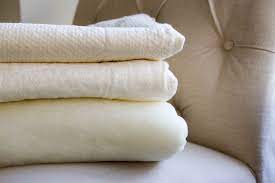
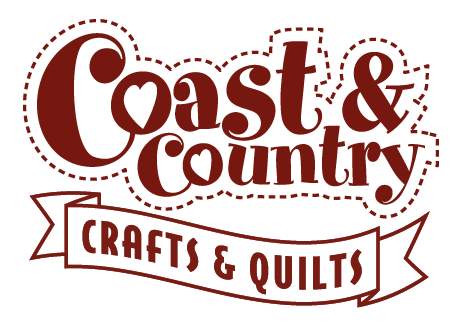
 01872-870478
01872-870478


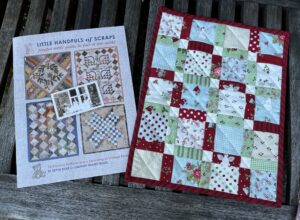
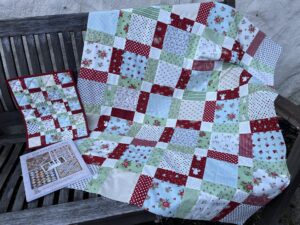
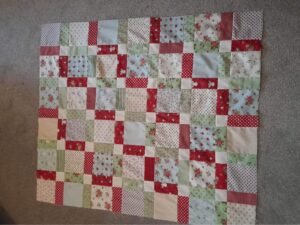

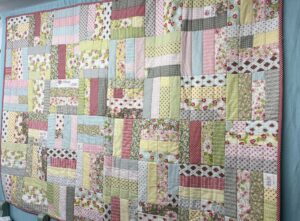



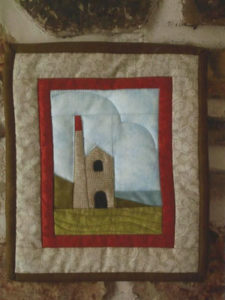

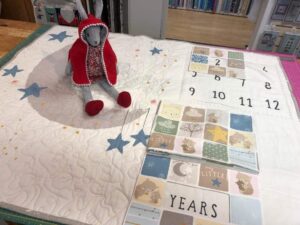
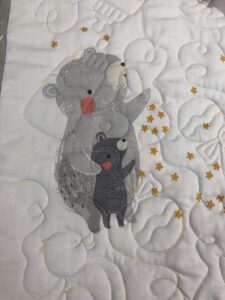
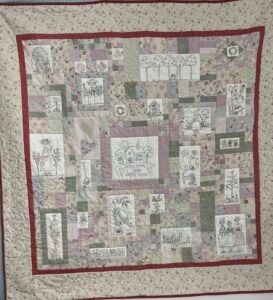
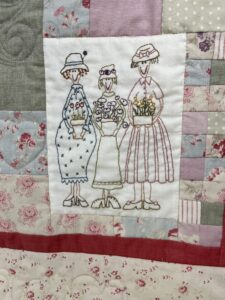






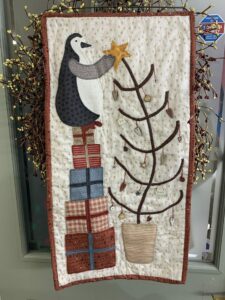
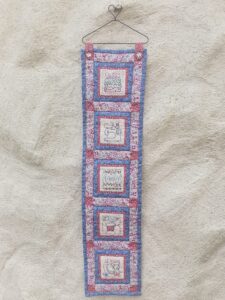
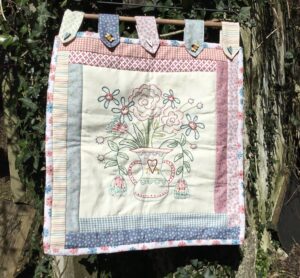 Look at this gorgeous sample using one of the images from the
Look at this gorgeous sample using one of the images from the 